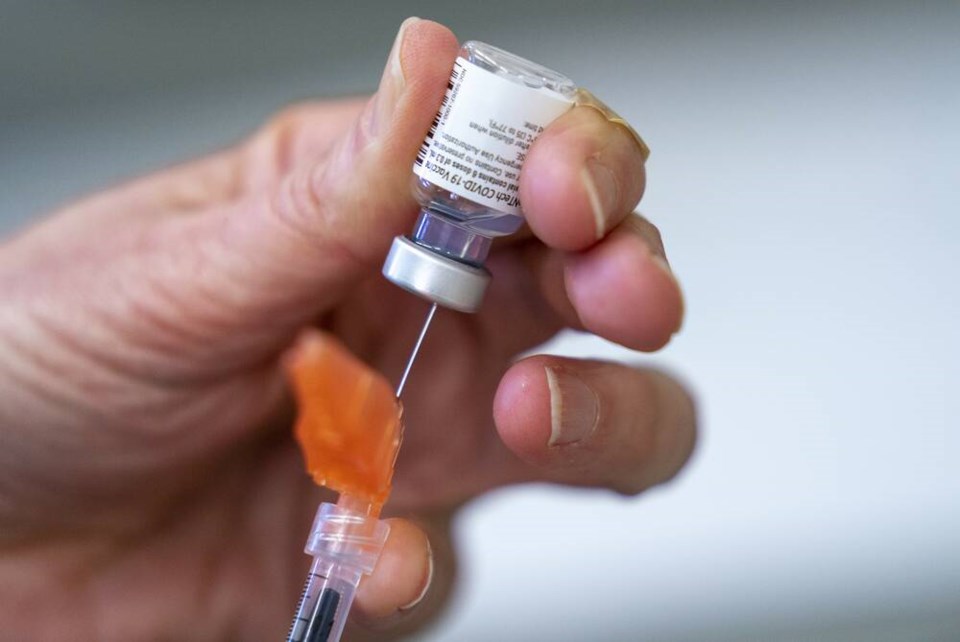Just when it seemed we were past the worst of the COVID-19 epidemic, the virus is making a comeback.
It began in Europe early in November, with a sudden increase in cases across several countries. France was hardest hit, with a 58 per cent jump in just one week.
Officials called this outbreak a “fifth wave” that spreads at “lightning speed.”
When tough new lockdown rules were introduced, rioting occurred in several cities.
In the Netherlands, mass protests in the streets led police forces to open fire on the rioters. There were also violent scenes in Switzerland, Italy and Denmark.
In Brussels, bulldozers had to be used to clear bonfires lit in the city centre.
While it’s not clear yet what caused this fifth wave, there is no question that poor vaccination rates in several European countries played a role.
Only 38 per cent of Romanians have been vaccinated. By comparison, the rate in Canada is 76 per cent, while 80 per cent of British Columbians over age 12 are fully vaccinated, close to a world-leading score.
Only two-thirds of Swedes have had their shots, likewise Swiss residents. And only 61 per cent of Greeks are fully vaccinated.
And now we learn that a completely new strain of the virus, dubbed Omicron, has emerged in South Africa, spreading quickly to neighbouring countries.
Several nations, Canada among them, have banned flights from southern Africa in hopes of slowing the spread. But leading virologists believe this will, at best, buy only a week or two’s delay.
There are reports of the Omicron strain reaching North America, and a handful of cases have been identified in B.C., Alberta, Ontario and Quebec. It’s only a matter of time, then, before this new variant becomes widespread.
Public health officials in South Africa are cautiously optimistic about the degree of threat posed by Omicron.
It is by far the most infectious strain so far, though what limited knowledge we have suggests the symptoms may be fairly mild. However it’s too early in the outbreak to reach a conclusion.
The key question is whether existing COVID vaccines will offer protection against Omicron. Here, too, there are degrees of uncertainty.
Most likely the vaccines we have will do some good. If we’re lucky, they may be entirely effective.
But if not, the question becomes how long it will take to develop vaccines targeted specifically against this new strain.
Those we currently have were produced in record time — only a few months from start to finish. Since the same technology can be used again, there is hope that by early spring, if Omicron proves threatening, new vaccines will be available.
And none too soon. Most virologists believe the COVID virus, in one form or another, will be with us through the winter months, and quite possibly into the indefinite future.
And that is a chilling thought. Can we afford to live in a permanent state of near lockdown? Are masks and social distancing here to stay?
It’s possible, of course, that with time COVID will evolve into a more manageable form, such as the common cold, which would still be a threat to the older and immune-compromised population, but no worse.
Nevertheless, however things turn out, it’s now apparent that COVID is not a passing or localized epidemic, like Ebola or SARS (Severe Acute Respiratory Syndrome). This virus won’t go quietly into the good night.
All the more reason to make vaccination a priority, and if need be, a necessity. The next few months may be a make-or-break period in efforts to limit this pandemic.
If we act now with all the force we can muster, we may still avoid the worst.
But there should be no doubt about this. The worst could make past epidemics look tame by comparison.



